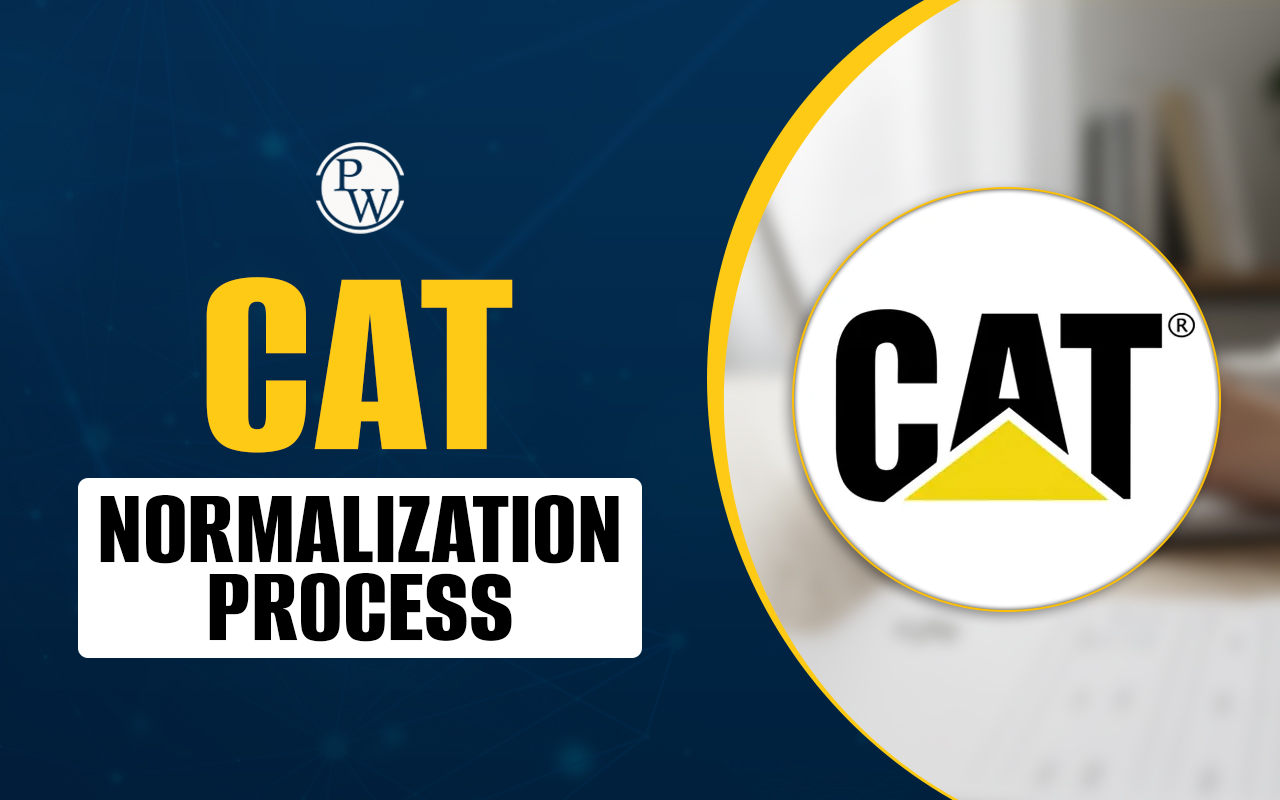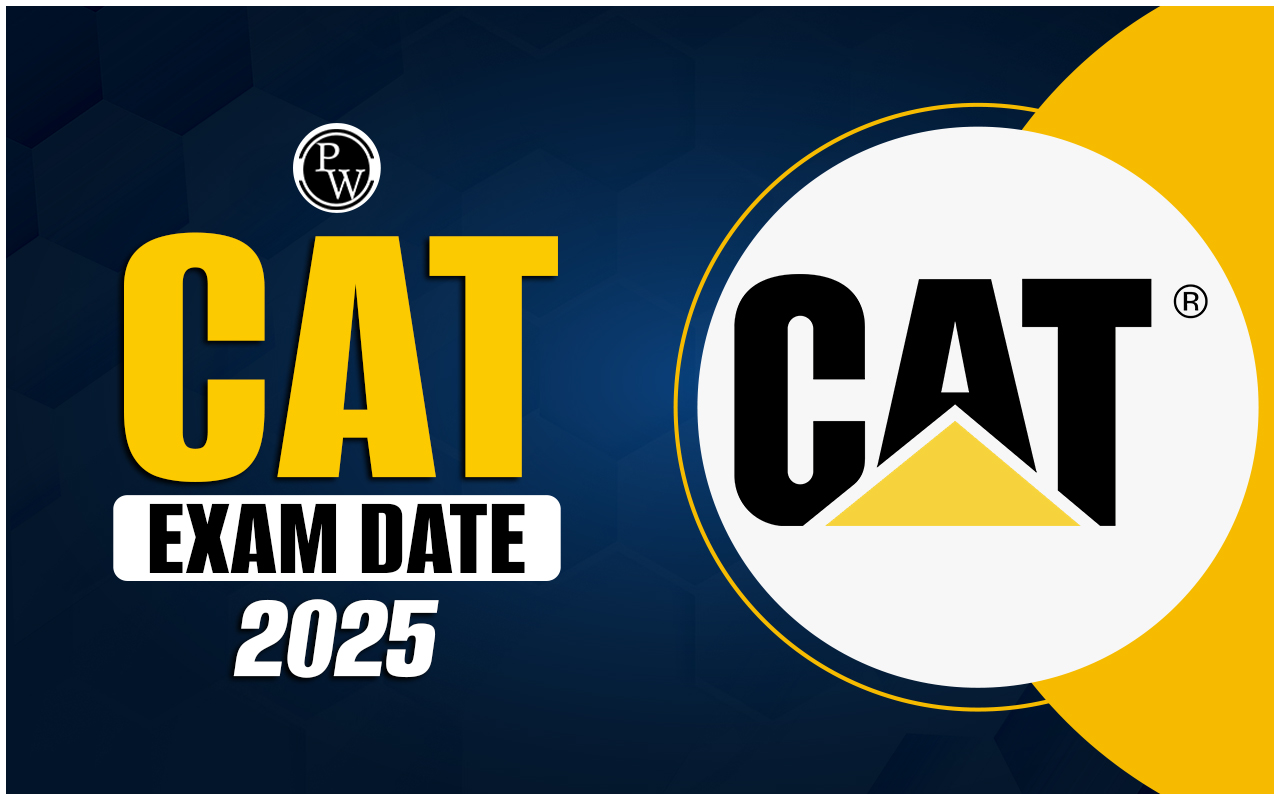
CAT Full Form: The CAT exam, short for Common Admission Test, is a highly prestigious and competitive entrance examination conducted in India for admission into top management institutes such as the Indian Institutes of Management (IIMs) and other premier business schools.
This exam serves as an entrance for aspiring candidates to pursue postgraduate management programs like MBA. Understanding the full form of CAT and its significance is important for individuals aiming to excel in the field of management education and secure a promising career trajectory.
Also Read: List of IIMs in India
Overview of CAT Full Form
CAT exam, or Common Admission Test is one of the most prestigious and competitive management entrance exams in India. Conducted annually by one of the Indian Institutes of Management (IIMs) on a rotational basis, it serves as the gateway to MBA and other postgraduate management programs offered by IIMs and over 1,200 top B-schools across the country. The exam is held only in English and is designed to evaluate candidates’ analytical, logical, and quantitative skills rather than rote knowledge.
CAT comprises three sections: Verbal Ability and Reading Comprehension (VARC), Data Interpretation and Logical Reasoning (DILR), and Quantitative Aptitude (QA). Candidates must hold a bachelor's degree from a recognized university with at least 50% marks (45% for SC/ST/PwD categories) to be eligible. Understanding the CAT full form and its structure is crucial for aspirants planning a career in management, as a strong performance can open doors to India’s most sought-after B-schools.
Also Read: CAT 2025 Eligibility Criteria
|
Overview of CAT Full Form |
|
|
Aspect |
Description |
|
Exam Name |
CAT (Common Admission Test) |
|
Conducted By |
Indian Institutes of Management (IIMs) |
|
Purpose |
Assessing aptitude for MBA programs in India |
|
Sections |
VARC, DILR, Quant |
|
Eligibility |
Bachelor's degree with a minimum of 50% marks; English only |
|
Format Changes |
Changes in questions, duration, and sectional time limits over the years |
|
Benefits |
Admission to IIMs and top business schools, career advancement, and networking |
History of CAT Exam
Common Admission Test (CAT) is one of the most prestigious entrance exams for MBA aspirants in India. Over the years, it has evolved significantly to align with modern testing standards, technology advancements, and fairness in assessment. Understanding the history of CAT helps aspirants appreciate how it has become a more streamlined and adaptive exam, designed to identify the best candidates for management education at institutions like the Indian Institutes of Management (IIMs).
-
It started in 1984 as a pen and paper test but switched to a computer-based test in 2009. However, the first computer-based test had some problems, so they had to do it again in 2010.
-
In 2011, they made a big change by reducing the sections from three to two. Now, there were questions on Quantitative Ability and Data Interpretation, as well as Logical Reasoning and Verbal Ability.
-
Then, in 2014, they increased the number of questions to 100, split into two sections of 50 questions each, instead of the previous 60-question format.
-
In 2015, they made even more changes. They got rid of multiple-choice questions (MCQs) and let people use on-screen calculators. This made the exam more modern and better for test-takers.
The CAT exam has changed a lot over time to keep up with new technology and ways of testing. It's all to make sure that everyone who takes the exam has a fair chance of getting into top MBA schools like the Indian Institutes of Management (IIMs).
Difference between CAT and Other MBA Exams
For aspirants aiming to pursue an MBA, it's important to understand how the Common Admission Test (CAT) stands out among the various management entrance exams in India. While most MBA exams test similar subjects, CAT differs significantly in its structure, approach, and difficulty level. Recognizing these differences can help candidates prepare more effectively based on the specific exam they are targeting.
Structure and Content
CAT places strong emphasis on Logical Reasoning across all sections, making it distinct from other exams. Unlike XAT and SNAP, CAT does not include a General Knowledge section. Additionally, CAT does not have an essay writing component, whereas exams like XAT and MICAT do.
Difficulty Level
CAT is widely considered to be one of the toughest MBA entrance exams, on par with exams like XAT and IIFT.
Exam Specifics
Although the core syllabus for most MBA entrance exams is similar, the format, question patterns, and topic focus vary. CAT provides only 40 minutes per section, which is more time-restrictive than many other exams.
Exam Comparison
XAT is often seen as slightly more difficult than CAT and includes unique sections like Decision Making and General Knowledge. SNAP differs from CAT in various ways, including the number of questions, time limits, negative marking pattern, and the inclusion of a Current Affairs section.
Significance of CAT Exam in Education
The CAT exam is very important for MBA studies for several reasons. It's not just about knowing things; it's also about having the right skills and abilities, which you can improve with practice. Contrary to what some people think, CAT isn't only for engineers.
-
Anyone from a different educational background can do well if they understand basic math concepts taught in school. While many engineers do well in CAT, the exam isn't biased towards any specific background. It's open to everyone.
-
CAT scores are key for getting into top institutions like the Indian Institutes of Management (IIMs) and other great business schools. This shows how important the exam is for shaping future business leaders.
-
CAT is known for being tough, but many people see it as a challenge worth taking. Even though exams like CAT can be stressful, it's important to remember that failing doesn't mean you're not smart or won't be successful in the future.
Also Read: CAT 2025 Strategy
Benefits of CAT Coaching for Aspirants
Preparing for the CAT exam can be challenging, especially due to its competitive nature and the diverse skill set it demands. This is where CAT coaching, whether online or offline, plays a crucial role in guiding aspirants. It offers a well-rounded support system that not only covers the syllabus but also builds confidence and exam-taking strategies. Here’s how CAT coaching helps students in their preparation journey:
-
Expert Guidance and Structured Preparation: Coaching provides a well-organized study plan, helping students understand what to study, how to allocate their time, and which topics to prioritize for the exam.
-
Enhanced Thinking Skills: Instead of relying on rote learning, coaching encourages logical thinking and analytical skills, which are key to cracking CAT’s reasoning and quantitative sections.
-
Personalized Attention and Doubt Resolution: Especially in offline coaching, teachers offer one-on-one attention, quickly resolving doubts and clarifying concepts, leading to better understanding and confidence.
-
Motivation and Focus: Coaches consistently motivate students, share preparation strategies, and help maintain focus. Being in a dedicated learning environment surrounded by serious aspirants also boosts morale.
-
Peer Interaction and Competition: Coaching centers offer an atmosphere of healthy competition, where students can learn from each other, share resources, and push one another to improve.
-
Effective Time Management: Regular class schedules and structured sessions help students build disciplined study routines, ensuring better time management and consistency in preparation.
Achieve your MBA target by starting a strategic exam preparation under the guidance of PW MBA Online Coaching experts. Join PW MBA Core 2025 offering regular live lectures, recorded video lessons, topics-wise notes, test series, and full-length mock tests.
CAT Full Form FAQs
What does CAT stand for?
Who conducts the CAT exam?
What is the main purpose of the CAT exam?
What sections are included in the CAT exam?
What are the basic eligibility requirements for CAT?









